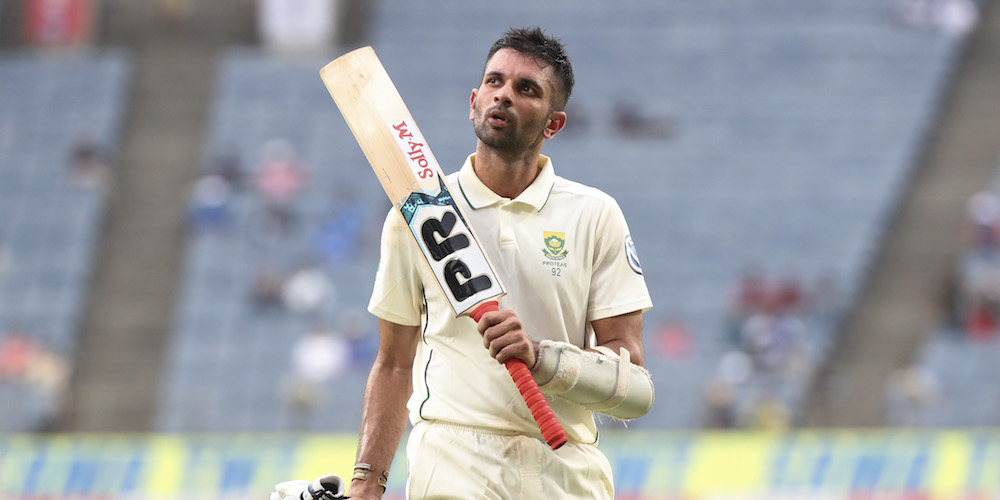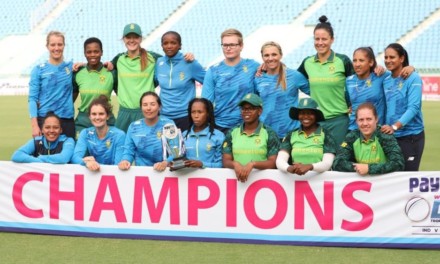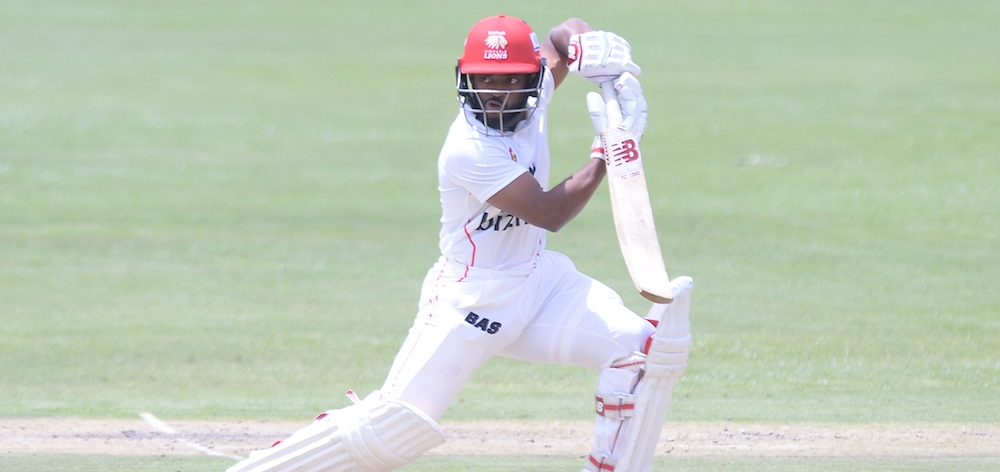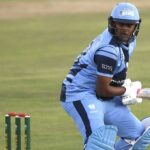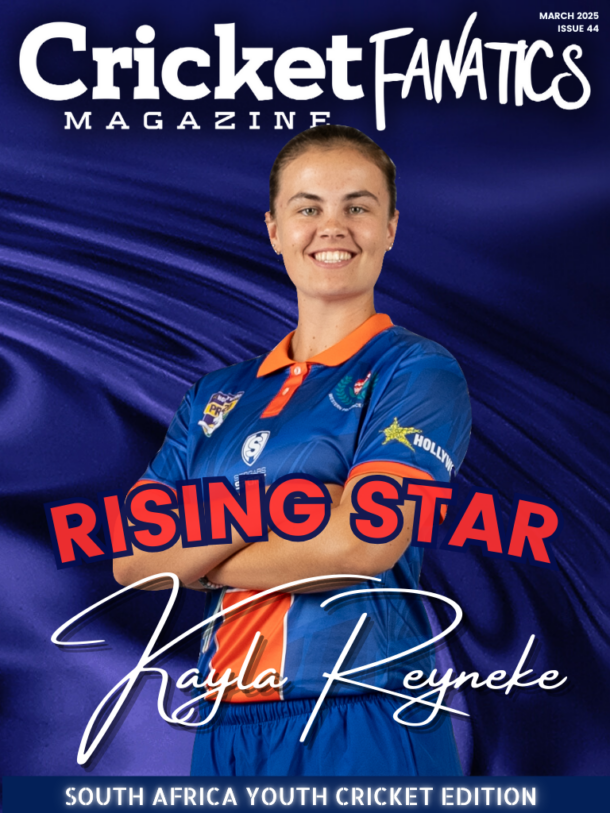Keshav Maharaj and Tabraiz Shamsi were not on the plane back home. Everyone else; the players, the coaches and the support staff were on the plane back home from a spin camp organised by Cricket South Africa in India, in 2018. Maharaj and Shamsi were on a plane to Bangalore, India. It was Maharaj’s idea.
“When I heard of it I tagged along because I thought it would be of great value for me as well,” says Shamsi.
Once upon a time, Tabraiz Shamsi was considered a red-ball spinner and Keshav Maharaj was considered a white-ball spinner. Back then, both players were still trying to break through into the Dolphins squad. It was during those years of playing for the Dolphins’ B-side that they developed a bond.
As the spin camp drew to a close, Maharaj organised to have an extra week of private coaching with Prasanna Agoram because he needed to do more work on his bowling. The spin camp had been great, he had learned a lot of things, but he was not satisfied. He wanted to learn more. The Proteas had an upcoming tour to Sri Lanka, and Maharaj wanted to cover all his bases.
“Maharaj is a hungry beast, he is always pushing himself,” says Prasanna Agoram. “He asked me to prepare pitches that mimic Colombo pitches.”
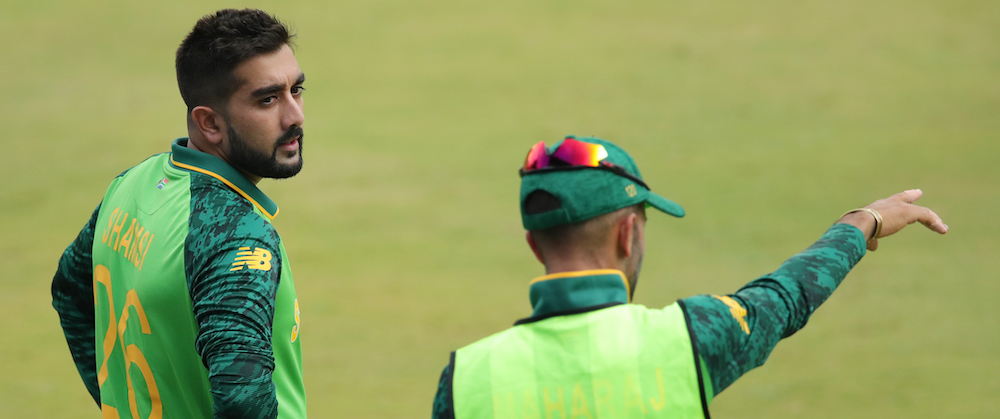
Over the next week, Maharaj and Shamsi trained every day – three hours in the morning and three hours in the evening. In-between, Maharaj was happy to study video footage of himself, asking questions about the areas that needed improvement. It was not just the bowling that he was focused on, Maharaj has always believed that he is more than just a tailender who can stick around when needed.
Grant Morgan planted the seeds early on in Maharaj’s career. Morgan was Maharaj’s coach at KZN Inland and then later at the Dolphins. During their time together at Inland, Morgan saw something in Maharaj that made him believe that the spinner had the attributes of an allrounder, so he urged Maharaj to work on his batting skills.
As with everything else, Maharaj has high expectations of himself with the bat and a part of him is a little disappointed that he only has four half-centuries in his Test career so far. His half-centuries have been against England, India, Sri Lanka and Bangladesh. Maharaj would have loved to convert one of those half-centuries into a century.
If he had not been staying at Prasanna’s home during his week in Bangalore, Maharaj would have arrived at nets earlier than both Prasanna and Shamsi. But, he was living with Prasanna and they left together every day.
“Keshav is the first one in the gym and the last one out, the first player on the field and the last one to leave. He puts in extra work, and with Keshav, it’s not just extra work, it is quality extra work,” says Duzi Mbatha.
Maharaj is not just the first person on the field during training. He is also the first player on the field on match days. Whether it is for the Proteas or Dolphins, Maharaj’s pre-match routine involves him getting on the field as early as possible.

Maharaj has played 43 Tests for South Africa and has not been used as a bowler in at least 15 innings of those Tests. That has not affected how he prepares for matches. He prefers to be ready and not be used as a bowler, than to risk being used when he is not fully prepared.
“Kesh is very particular about his prep work,” says Shamsi. “On game days he takes the early bus to the stadium.”
He does not go there to take in the atmosphere or enjoy the sights before the stadium is teeming with people. He is always there to bowl. Some bowlers prefer to be in a relaxed mood and fresh before matches, Keshav likes to know that his rhythm is on point. To achieve that, Maharaj bowls a lot of overs before matches.
“Keshav believes that you cannot have great performances without hard work,” says Quinton Friend, one of Maharaj’s coaches at the Dolphins.
South Africa is the land of legendary fast bowlers. Every youngster wants to be a fast bowler when they grow up. South Africa’s top spinners, Maharaj and Shamsi, started out as seam bowlers. Maharaj abandoned his dreams of pace bowling when he was 12. No youngster has dreams of growing up to be a left-arm spinner. Keshav Maharaj has made it his mission to change that mindset.
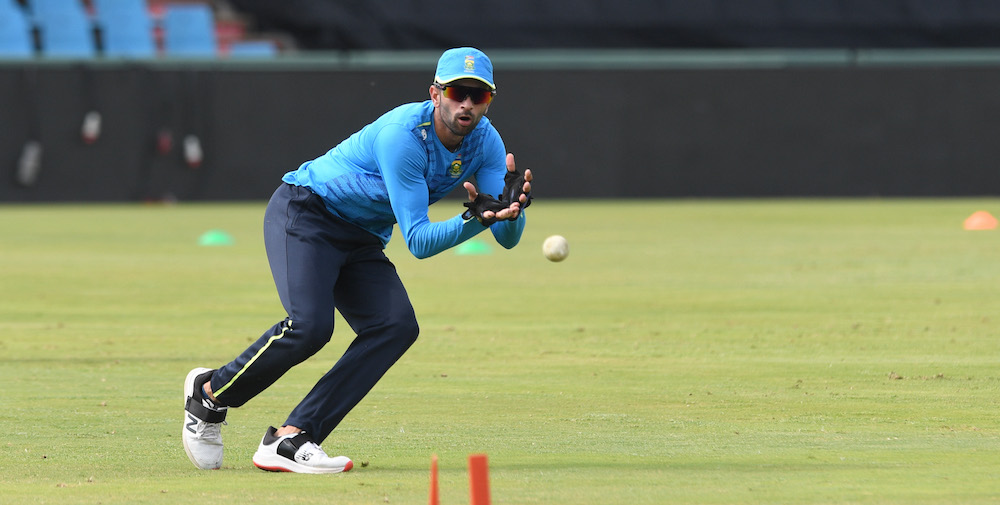
That is what he wants his legacy to be, to show South African youngsters that they don’t need to be pacers or batters to make history, they can achieve that as spinners as well. Maharaj can only achieve that by putting in great performances.
So far, Maharaj is on track. He is now one of the top 10 South African bowlers with the most Test wickets. Maharaj has played 43 Tests and has taken 151 wickets. He has not bowled a single over in 35% of those matches.
Since his debut, Maharaj has taken the fourth most wickets by a spinner in Test cricket and has the second-best strike rate among the top five spinners with the most wickets since 2016.
In 2021, he became the 46th bowler, and 14th spinner, to take a hattrick in Test cricket. Maharaj was the first bowler since admission to achieve the feat. He is the second South African after Geoff Griffin. South Africa waited 61 years for someone to follow in Griffin’s footsteps.
****The week-long stay in Bangalore was worth it.
During the tour to Sri Lanka, Maharaj became the first South African bowler to take nine wickets in an innings, his match figures were 9/129. His quest had been to join Jim Laker and Anil Kumble on the list of bowlers with a ten-wicket haul in an innings. Sadly, he missed out by a single wicket.
After his nine-wicket haul, Maharaj approached Prasanna with a number of questions, he wanted to know whether his technique had been consistent throughout, whether his loading, his release point and his pivot were what they were supposed to be. Maharaj also asked whether he had undercut the ball at any point during his innings and whether he was getting the right amount of drift.
“The only person who has ever done that with me is Hashim Amla. After scoring his 300 against England, Amla came and sat with me and wanted to know what he had done wrong in his innings,” says Prasanna.
He had done well. But, he also knew that sometimes bowlers get lucky and get wickets. He did not want his nine-wicket-haul to cloud his judgement. He believed that he could be better. This is what drives him. Every morning, Maharaj wakes up with the thought that he can be better.


